How to Spot and Respond to an Opioid Overdose—Steps Everyone Should Know
The opioid crisis continues to be a significant public health challenge, claiming countless lives annually. Knowing how to recognize and respond to an opioid overdose can save a life. Whether you’re a concerned family member, a friend, or simply a bystander, being prepared to act in such emergencies is crucial. Here’s what you need to know:
Recognizing the Signs of an Opioid Overdose
Opioid overdoses can often be mistaken for other medical conditions, but there are key indicators to watch for:
- Unresponsiveness: The person cannot be woken up, even when shaken or spoken to loudly.
- Slow or Absent Breathing: Breathing may be shallow, irregular, or completely stopped.
- Pinpoint Pupils: Extremely small, constricted pupils are a classic sign of opioid use and overdose.
- Bluish or Pale Skin: Lips, fingernails, and skin may turn blue or pale due to lack of oxygen.
- Choking or Gurgling Sounds: These sounds, often called the “death rattle,” indicate a blocked airway.
- Cold or Clammy Skin: The skin may feel unusually cold or damp to the touch.
- Limp Body: Muscle tone is diminished, and the person may appear lifeless.
Steps to Take in an Opioid Overdose
Responding quickly and effectively to an opioid overdose can be the difference between life and death. Follow these steps:
- Check for Responsiveness
- Try to wake the person by shouting their name or applying a sternum rub (rubbing your knuckles firmly across their chest).
- If unresponsive, proceed to the next step immediately.
- Call Emergency Services
- Dial 911 and provide the operator with clear, concise information.
- Inform them it may be an opioid overdose and share the person’s condition.
- Administer Naloxone (if available)
- What is Naloxone? Naloxone (brand names: Narcan, Evzio) is a medication that can reverse an opioid overdose.
- If you have access to Naloxone:
- Administer it as directed (nasal spray or injection).
- If the person does not respond within 2-3 minutes, administer a second dose.
- Provide Rescue Breathing or CPR
- If the person isn’t breathing:
- Tilt their head back to open the airway.
- Pinch their nose and give two slow breaths.
- Continue with one breath every 5 seconds until help arrives or they start breathing.
- If trained, perform chest compressions if there’s no pulse.
- Stay with the Person
- Monitor their breathing and condition until emergency responders arrive.
- Keep them in a recovery position (on their side) to prevent choking if they vomit.
Preventing Opioid Overdoses
- Educate Yourself and Others: Learn about the risks of opioids and share this knowledge within your community.
- Store Medications Safely: Keep opioids in a secure location, away from children and others who might misuse them.
- Dispose of Unused Medications: Participate in drug take-back programs to safely discard leftover prescriptions.
- Carry Naloxone: If you or someone you know is at risk, having Naloxone on hand can save lives.
To learn more, check out this summary from The Washington Post.
By recognizing the signs and knowing how to act, you can make a life-saving difference. Equip yourself with the tools and knowledge to respond—because every second counts in an emergency.
Integrating supplements from the Asher Longevity Institute into our daily routine is a crucial step towards enhancing our overall well-being. Experience the benefits firsthand by conveniently placing your order here!




